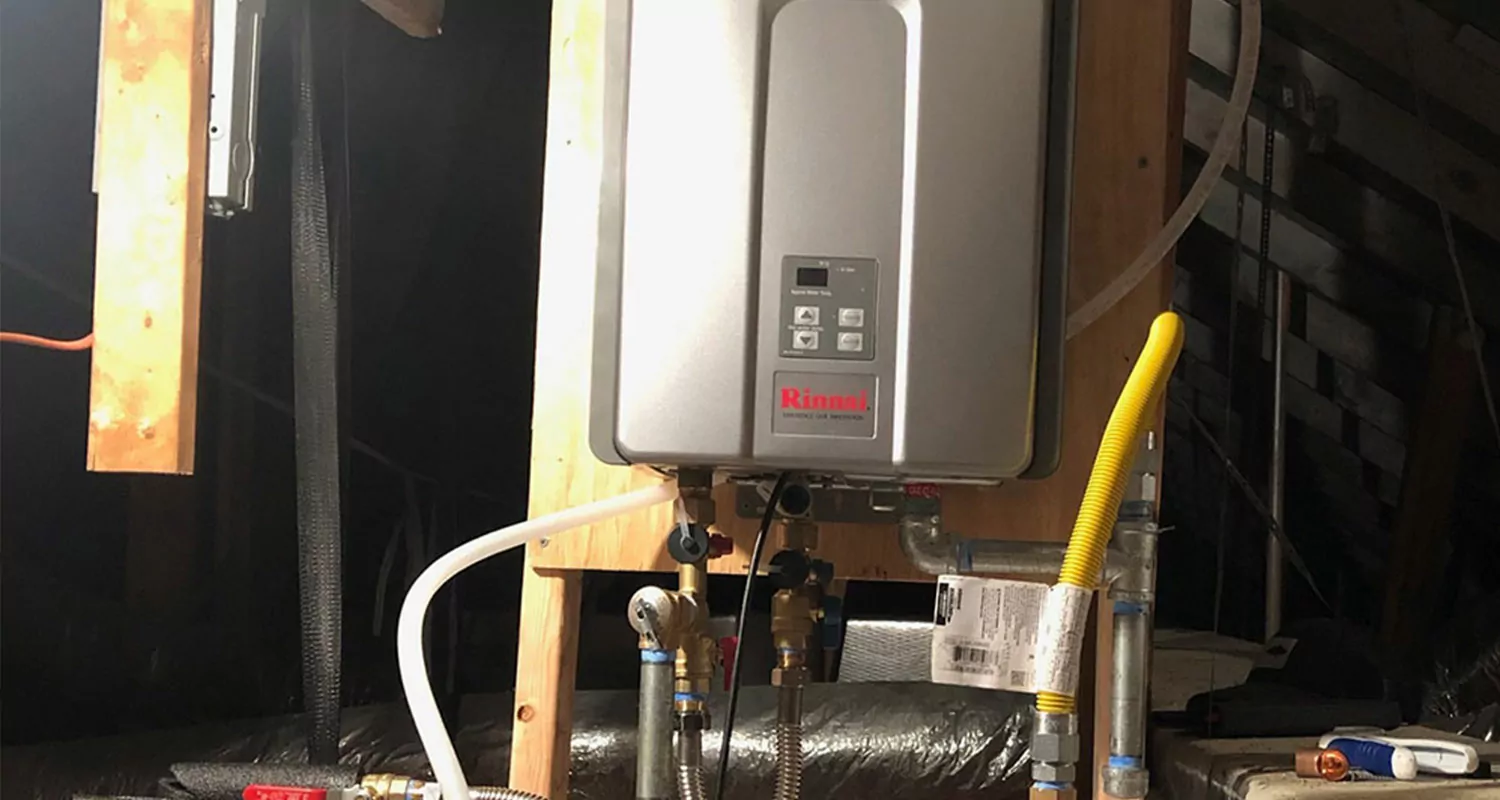This article down below on the subject of What Kind of Maintenance Do Water Heaters Need? is indeed attention-grabbing. Don't miss it.

Hot water is crucial for day-to-day comfort, whether it's for a refreshing shower or cleaning recipes. To ensure your hot water system runs effectively and lasts much longer, normal upkeep is key. This short article supplies sensible tips and insights on exactly how to preserve your home's warm water system to stay clear of disruptions and costly repair work.
Introduction
Preserving your home's warm water system could appear daunting, but with a few easy steps, you can ensure it runs efficiently for many years ahead. This overview covers every little thing from recognizing your warm water system to do it yourself upkeep tips and knowing when to hire professional help.
Significance of Maintaining Your Hot Water System
Regular maintenance not only extends the lifespan of your hot water system but also ensures it runs successfully. Disregarding upkeep can bring about lowered performance, greater energy expenses, and even premature failure of the system.
Indicators Your Warm Water System Demands Upkeep
Understanding when your hot water system needs attention can prevent significant concerns. Keep an eye out for indications such as inconsistent water temperature, strange noises from the heating system, or corroded water.
Purging the Water Heater
Flushing your hot water heater gets rid of debris build-up, boosting effectiveness and prolonging its life.
Monitoring and Changing Anode Rods
Anode rods prevent corrosion inside the container. Evaluating and changing them when worn is essential.
Complex Concerns Needing Expert Help
Instances consist of major leakages, electric problems, or if your water heater is continually underperforming.
Routine Professional Upkeep Perks
Professional maintenance can include detailed assessments, tune-ups, and guaranteeing conformity with security standards.
Evaluating and Changing Temperature Setups
Changing the temperature setups guarantees optimum performance and safety and security.
DIY Tips for Upkeep
You can carry out several upkeep tasks on your own to keep your warm water system in top problem.
Checking for Leakages
Frequently check pipelines and connections for leakages, as these can bring about water damage and greater costs.
Recognizing Your Warm Water System
Before diving right into upkeep tasks, it's valuable to recognize the basic elements of your warm water system. Typically, this includes the hot water heater itself, pipelines, anode poles, and temperature controls.
Regular Monthly Upkeep Tasks
Regular month-to-month checks can help capture small problems prior to they escalate.
Checking Stress Relief Valves
Checking the pressure relief valve guarantees it functions correctly and avoids extreme stress build-up.
Insulating Pipes
Protecting warm water pipelines lowers warmth loss and can conserve power.
When to Call a Specialist
While DIY maintenance is advantageous, some problems need specialist experience.
Verdict
Routine maintenance of your home's warm water system is necessary for performance, long life, and price financial savings. By adhering to these pointers and knowing when to seek professional help, you can ensure a dependable supply of hot water without unexpected disruptions.
How to Maintain an Instant Hot Water Heater
Before tinkering with your hot water heater, make sure that it’s not powered on. You also have to turn off the main circuit breaker and shut off the main gas line to prevent accidents. Also turn off the water valves connected to your unit to prevent water from flowing into and out of the appliance. 2. When you’re done, you have to detach the purge valves’ caps. These look like the letter “T†and are situated on either side of the water valves. Doing so will release any pressure that has accumulated inside the valves while at the same time avoid hot water from shooting out and burning your skin. 3. When the purge valves’ caps are removed, you have to connect your hosing lines to the valves. Your unit should have come with three hoses but if it didn’t, you can purchase these things from any hardware or home repair shops. You can also get them from retail stores that sell water heating systems. Read the user’s manual and follow it to complete this task properly. When the hosing lines are connected, open the purge port’s valves. 4. You should never use harsh chemical cleaners or solutions when cleaning your unit. Make use of white vinegar instead. It should be undiluted and you’ll probably use about 2 gallons. 5. Now flush your water heater. This task should probably take about 40 minutes. We can’t give you specific directions for this because the procedure is carried out depending on the type, model and brand of your heater. With that being said, refer to the user’s manual. 6. When you’re done draining the unit, you have to turn off the purge port valves again. Remove the hosing lines that you earlier installed on each of the water valves. Put the valve caps (purge port) back in their respective places and be very careful so as not to damage the rubber discs that are found inside these caps. 7. Now that everything’s back in place, check your user’s manual again to find out how to reactivate your water heating system. 8. Once it is working, turn one of your hot water faucets on just to let air pass through the heater’s water supply pipes. Leave the tap on until water flows smoothly out of it. https://www.orrplumbing.com/blog/2014/september/how-to-maintain-an-instant-hot-water-heater/
Hopefully you enjoyed reading our post about How to Maintain Your Water Heater & Prolong its Life. Thanks a lot for spending some time to read our article post. I beg you set aside a second to distribute this article if you enjoyed it. I take joy in reading our article about How to Maintain Your Water Heater & Prolong its Life.
Visit My Website